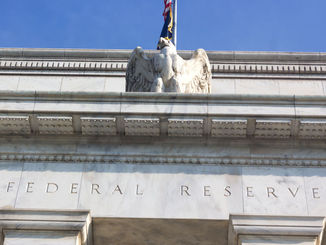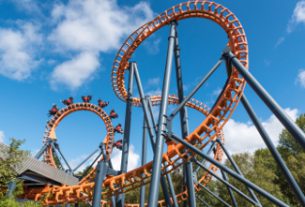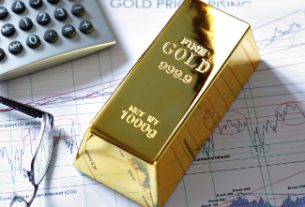Chicago Fed President Charles Evans made headlines recently with his comments about higher inflation not being a problem. While the Fed has set a target of 2% for price inflation, and worried for years that inflation was lower than that figure, recent data indicates that inflation is trending higher and will continue to rise. According to the Bureau of Labor Statistics, the consumer price index (CPI) reached 2.9% year-on-year in July, while the producer price index (PPI) reached 3.3%. That means that consumers can expect continued inflation in the near future, and can expect that 2% goal to be exceeded by quite a bit.
It’s important to remember that 2% inflation is actually a big deal. It may not sound like a lot, but losing 2% of your purchasing power every year adds up over time. Over the lifespan of the average American, a 2% inflation rate means that prices will nearly quintuple. A 2.5% inflation rate means prices will nearly septuple, while a 3% inflation rate means prices will increase over tenfold.
Evans stated that he doesn’t have any problem with inflation rising to 2.25% or even 2.5%, as long as it doesn’t accelerate. But with the release of the latest data we may already have passed that point. As with many things the Fed does, the lag between monetary policy actions, publication of macroeconomic data, and analysis of that data means that by the time the Fed realizes that inflation is spiraling out of control, some of the worst damage may already be done.
Remember that the Fed sees the economy as a relatively simple construct, and sees monetary policy as a simple remedy to economic problems. To the Fed’s economists, higher inflation means an overheating economy, which means the Fed should raise interest rates to cool things off. Lower inflation means a slowing economy, which means the Fed should lower interest rates to stimulate economic growth.
Of course, this binary view broke down completely in the 1970s during the era of stagflation. The Fed saw both a slowing economy and higher inflation and didn’t know how to respond. And there’s a more than even chance that we may end up seeing that again in the future.
With stock markets faltering, bond rates rising, and a number of other indicators showing that the economy may be running out of steam, the Fed’s continued raising of interest rates will likely accelerate that economic slowdown. But because the Fed’s financial crisis-era monetary interventions are only now showing up as higher inflation, the Fed may once again find itself in a situation in which economic growth is slowing and inflation is rising.
A year or two from now, the Fed may find inflation at 3-4% or more, with economic growth stagnant or declining. What then will the Fed do? Will it raise interest rates to bring inflation back to 2%, or will it lower interest rates (i.e. create more money out of thin air) to re-stimulate the economy? In either case, the result will be a continued devaluation of the dollar. That will harm those who haven’t taken the time to protect their assets against inflation.
That’s why it makes sense to take measures now to hedge against inflation, such as by investing in gold, so that you’re not taken by surprise when inflation rears its ugly head again. With a central bank whose solution to every problem is to print more money, investing in gold before the next crisis could be key to preserving the value of your hard-earned assets.
This article was originally posted on Goldco.




